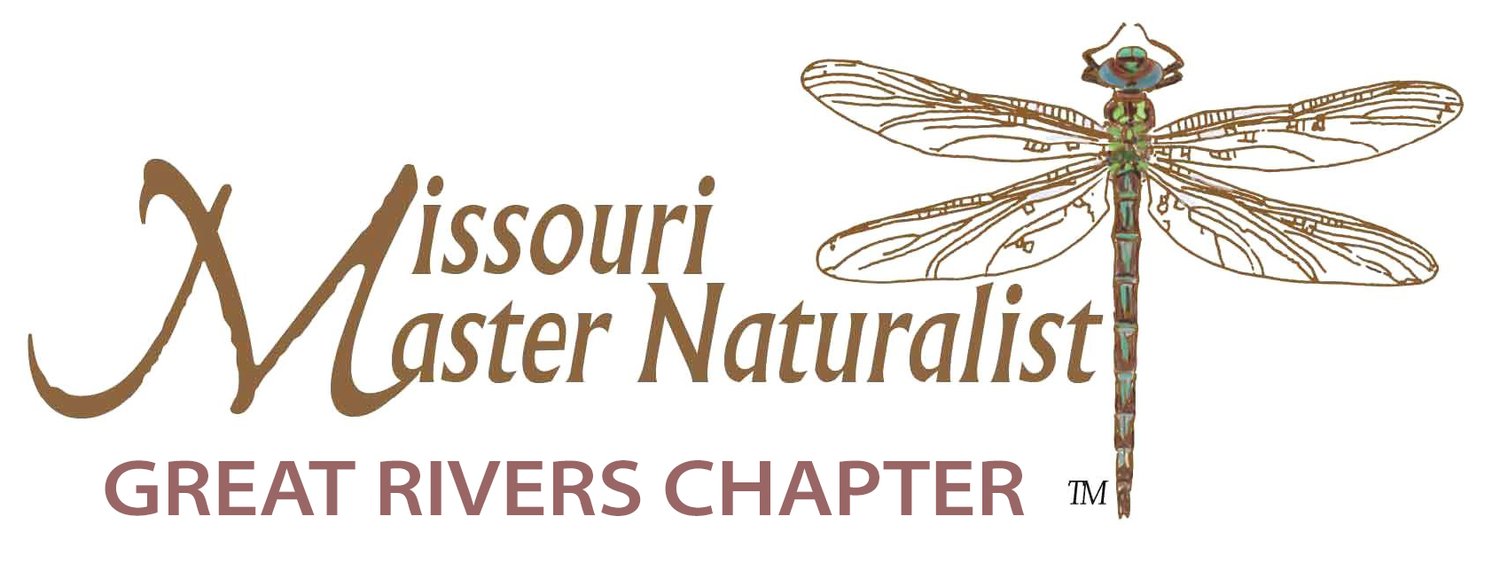Project Nestwatch at Little Creve Coeur Ecological Area
September, 2024
by Mary Dueren of St. Louis Audubon Society, Class of 2016
Little Creve Coeur Ecological Area is a special place and so close to my home. No two years are the same in bluebird box surveys. Taking care of the boxes takes a lot of time that is shared with a great group of ladies. It can be hard work. Project Nestwatch is a snapshot of health of the habitat which benefits all.
The 2024 year kicked off on February 22 with a check of the boxes at the end of winter. We needed to check for damage or winter inhabitants. During that walk, we found 26 species of very active birds in the vicinity. The start of Eastern Bluebird nesting season came March 20. There were 5 males and 4 females checking out boxes. By April 16, our count found 8 eggs and 7 hatchlings.
By May 9, House Wrens were singing in the woods. House wrens were in full nesting mode by June 26. The tiny birds would scold us, even if we were just walking by. By August 23, Eastern Bluebirds were completely done with nesting and family groups were flying about in the trees. House wrens were still busy with 12 young counted.
Here’s a data summary:
House Wrens Total # of nesting attempts: 15
Earliest Egg Date: 5/02/24
Earliest Hatch Date: 5/23/24
Earliest Fledge Date: 6/11/24
Total number of eggs: 55
Total nestlings: 41
Total Fledglings: 33
Nesting success rate: 46.67%
Mean clutch size: 6.9
Eastern Bluebirds Total # of attempts: 10
Earliest Egg Date: 3/26/24
Earliest Hatch Date: 4/15/24
Earliest Fledge Date: 4/30/24
Total number of eggs: 36
Total number of nestlings: 31
Total number of fledglings: 27
Nesting success rate: 80.00%
Mean clutch size: 4.0
I participated in 11 nest surveys. Many other nest checks were done because Cornell’s Nestwatch protocol advises checking every 3-4 days. When I was helping with the surveys, I eBirded, noting a total of 87 species in the unique habitat.
There was a period of time while the parking lot was being improved when it was easier to do the surveys via bicycle. Early in the monitoring, mosquitoes were so bad that we wore face netting a time or two. Ticks can be an issue, especially later in summer when it’s drier. All these conditions add to the challenge, but there’s satisfaction in being good stewards by providing safe housing and collecting and reporting useful data to Nestwatch and eBird.
The surveys were carried out by a wonderful group of ladies led by Karen Meyer. Also participating were Anne Kirkpatrick, Cathy Wilhelmi, Mary Mierkowski, Gail Gagnon, and myself. We call ourselves “The Lady Bluebirds.”
"The Lady Bluebirds"

